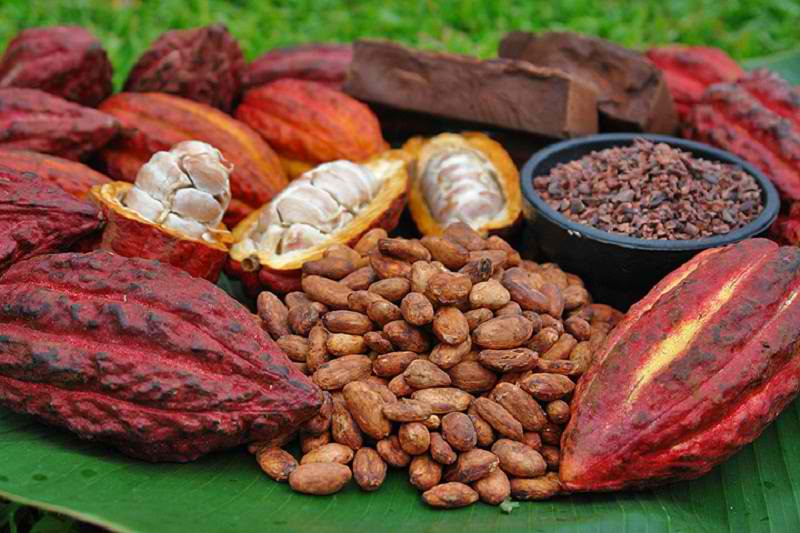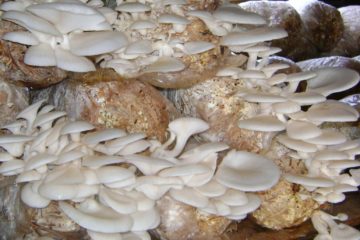Exploiting Heterosis of Hybrid Rice Grown in Different Spatial Arrangement and Under Organic vs. Agrochemical Intensive Production Systems*
Teodoro C. Mendoza1, Mae Soe oo2, Sem Savuth2 and Isaac F. Sulonteh2
Abstract
There is a need to increase further rice yields due to increasing demand which in turn is due to increasing rice consuming Asian population where 90% of rice output is consumed . Yet, rice yields using inbred rice cultivars had almost plateaud. Seeking other yield increasing path is going into the direction of using hybrid rice. The rationale is to take advantage of the natures’ gift called heterosis, also called hybrid vigour- the increase in size, growth rate, fertility, and yield of a hybrid organism over those of their parents. But growing hybrid rice is associated with high agrochemical or fossil fuel energy based- inputs. We tried to exploit heterosis of hybrid rice under low external or organic – fossil fuel energy based- inputs free production systems . Hence , series of studies were conducted as follows:
In study 1, we evaluated 20 rice cultivars (17 inbreds, 3 hybrids, planted in 20x20cm) and they were grown under organic production systems .The objective was to get high yield with less fossil fuel energy based- inputs production or cash expense. Of 20 cultivars , highest grain yields was obtained among the inbreds (Milyang 23 at 7.49 t ha-1, PSB RC 240 at 6.99 t ha-1, PSB RC 222 at 6.81 t ha-1).Of the 3 hybrids, NSICRc 202H yielded the highest at 6.78 t ha-1. Best inbreds outyielded the hybrids. Moreso, when grown in double row planting pattern and adopting some features of SRI technique , PSB RCI8 (an inbred) yielded 8.5 t ha-1 . In the second study, we evaluated hybrids and inbreds grown in 3 spatial arrangements and under organic and fossil fuel energy based- inputs intensive (conventional system). Under organic, Bigante plus (a hybrid) yielded the highest (5.7 t ha-1 )when grown in 30cm x 30cm spacing. The energy return over input was 16(EROI=16). We extended the analysis by calculating the equivalent carbon emission of energy use or energy footprint. Rice grown the conventional production system had energy foot print of 0.3 kg CO2e/kg or 300 kg CO2e/ton while organically grown Bigante plus (hybrid) had energy foot print of only 0.08kg CO2e/kg or 80 kg CO2e/ton. PSB Rc222(inbred) yielded 5.3 t ha-1 had the same energy footprint with Bigante plus ( production of hybrid seeds spent higher energy). Agrochemical/ fossil fuel energy based- inputs intensive grown rice SL8 (hybrid) yielded the highest under double row spacing at 8.6 t ha-1 but EROI was only 4. The equivalent energy foot print was 0.425kg CO2e/kg or 425 kg CO2e ton-1 of unmilled grain. Yields increased by 50% over organically grown rice but the energy return over input (EROI =4) decreased by 75% which means more energy was used to produce same amount of rice grains. In the third study, we tried to validate which spacing (20x20cm,30x30cm, double row(2×25)x50cm) the 2 hybrids(SL8,M20 ) and 2 inbreds (PSBRc222,PSB82 ) would yield the highest. We obtained different response. An inbred PSB Rc222 yielded the highest at 8.587 t ha-1 in double rows while SL8 yielded the highest at 8.513 t ha-1 when planted in 30cm x 30cm spacing. We adopted balanced fertilization (50% chemical 50% organic ).No energy calculations were done.
In brief, heterosis in hybrid rice can be realized through higher application of agrochemical/ fossil fuel energy based- inputs but EROI was lower and energy footprint was higher. Yields of 6.0 t ha-1 using hybrids or a high yielding inbred under organic method had the highest EROI and lowest energy footprint. Getting higher yield path through hybrid rice cultivars should be re-evaluated.
___________________________
1Professor12& UP Scientist2,ICrops,College of Agriculture and Food Sciences,UP LosBans, 2 Formerly Graduate students ICrops, College of Agriculture and Food Sciences pursued MSc. in Agronomy


